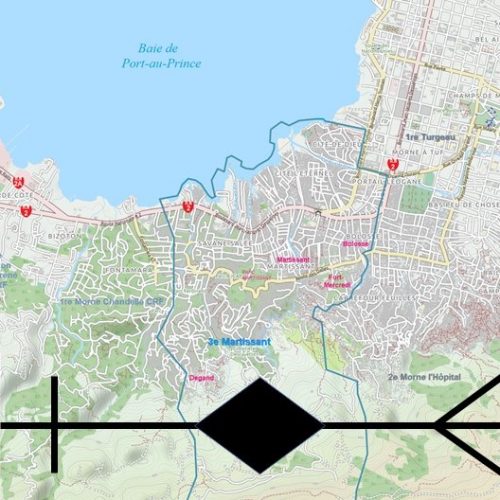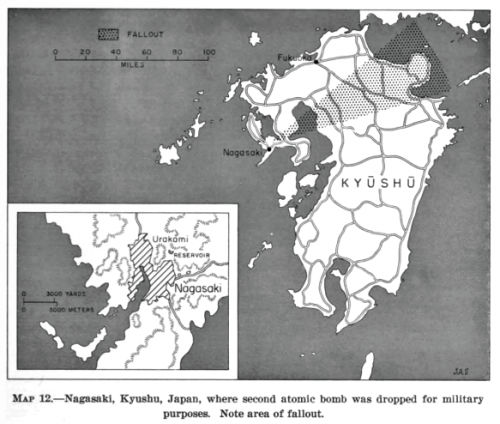The career field in which I served for twenty years was a small one, and one with some inherent peculiarities, one of which was possession at radio detachments of a library of pop music intended for broadcast on AFRTS channels. One of those things which was instilled in broadcast field recruits early on in our training was that no one of any higher rank (or degree of inebriation, often the case) was permitted to remove recordings from our library for personal amusement. Many were the tales of duty E-2s or E-3s refusing such orders from senior officers, who were operating under the (often alcohol-inspired) delusion that the AFRS library operated on the same basis as the local base library. This often happened late at night when the most junior staffers were on duty. That was an order that we had to and would refuse, no matter the rank, and degree of inebriation of the commander demanding it. In that, we could count on the complete backing of our broadcast command, especially when they were informed of it, sometime the following morning. No one, not even (according to some legends, the base or wing commander) was allowed access to the AFRTS library, much less to remove elements of it from the custody of the AFRTS outlet, even if that only custodian was a lowly first-hitch enlisted.
Military Affairs
Nagasaki: The Atomic Bombing Mission That Almost Wasn’t, plus 76 years
This column is adapted from a recent e-mail from Ryan Crierie that is reposted here with his permission. It is the tale of how almost everything that could go wrong, did go wrong, on the day Nagasaki was nuked.
This is a U.S. military map of the radioactive fall out caused by the nuclear strike on Nagasaki. See the pattern of black dots upper right.
And make sure to read through the P.S. There is a historical “What If” stinger waiting for you there.
The Atomic Bombing of Hiroshima, Plus 76 years
Seventy five years ago today the B-29 Enola Gay dropped the Little Boy gun-type atomic bomb on the Japanese city of Hiroshima. Between 80,000 and 100,000 people died, sources vary.
It has been a now 11 year and counting tradition of the Chicagoboyz blog to commemorate this bombing and the events immediately after. Today’s post will speak of the anniversary and share forgotten history from before & after the event. Per the wikipedia article:
The bomb was dropped by the Boeing B-29 Superfortress Enola Gay piloted by Colonel Paul W. Tibbets, Jr., commander of the 509th Composite Group of the United States Army Air Forces and Captain Robert A. Lewis. It exploded with an energy of approximately 15 kilotons of TNT (63 TJ) and caused widespread death and destruction throughout the city.
This act set in motion historical events that lead to the surrender of Imperial Japan, the start of the nuclear age and the Cold War with the Soviet Union that ended in 1989. Yet for all of the event’s importance we, seventy six years, on know less about it’s real history than the myths that arose in Cold War propaganda afterwards.

The fully restored in 2003 B-29 Enola Gay at the National Air and Space Museum’s Steven F. Udvar-Hazy Center
Dilèm Aksyon Kolektif nan Matisan
Generatim discite cultus
(Learn the culture proper to each after its kind)
— Virgil, Georgics II
Stephen Biddle, Nonstate Warfare: the Military Methods of Guerrillas, Warlords, and Militias (Princeton: Princeton University Press, 2021)

By way of making this more than a merely armchair review, I will be discussing the developing situation of state failure in Haiti, which is providing a personally harrowing example of the phenomena theorized and studied in this book. NB: additional situation reports like the one I quote from below will appear at this OCHA webpage.
I. Increasingly Scale-Free Military Activity in the 21st Century
In this follow-up to 2004’s Military Power: Explaining Victory and Defeat in Modern Battle (also from Princeton), Stephen Biddle continues to elucidate the many ramifications of the one-to-many relationship which came to dominate the battlefield between the Napoleonic Wars and World War I. Over that century and in the decades that followed, individual-service weapons increased in rate of fire from a (very) few rounds per minute to ~10 rounds per second, in effective range from ~100 to >300 meters, and in accuracy from (optimistically) 10 to 1.5 milliradians. Say 2 ½ orders of magnitude improvement in RoF, half an order of magnitude in range, and one order of magnitude in accuracy; multiplying these together to create a sort of index of effectiveness, I get an overall change of 4 orders of magnitude, with stark implications for battlefield environments.
Generally Speaking
I can’t really speak to the matter of general officers from extensive personal experience with the rank; throughout my military career I was mostly in places removed from direct personal contact. A merciful deity, to quote the rabbi from “Fiddler on the Roof” kept the general ranks kept them far, far from us, although a SAC one-star did show up one day at EBS-Zaragoza, unannounced and unheralded. It was lunchtime, practically everyone save the radio and TV op on duty had left the building. I was sitting in my office, peacefully adding another layer of much-needed polish to my shoes, when a flight-suited guy appeared in the doorway and cheerily asked, “When you’re done with yours, can you do mine?” He was a youngish-looking, personable guy, and it took me at least five seconds to grok the single star that designated his rank. He introduced himself, Brigadier General Something-or-other. said he was visiting for a readiness inspection of the SAC unit. He just thought he would mosey around and drop in to visit some of the other activities on base which supported his people so well … and could he have a tour of our broadcast facility?
Well, duh like I could say ‘no, general, sir’. He got the brief informal nickel tour, conducted by yours truly, introduced to the few of our staffers who weren’t at lunch, and the other senior NCO, the maintenance chief, who hissed at me: “Why didn’t you tell us there was a one-star on the ground? We should have been prepared!” and I hissed back that I hadn’t had a chance to tell anyone anything, said one-star just appeared. It was likely, I added, that this general was probably much more knowledgeable about what was really going on in the activities that he visited, because of his practice of just casually dropping by … rather than doing the formal, pre-announced official inspection visit.
But to most junior and med-ranked enlisted, general officers are like saints to Catholics we know of them, about them, recognize their attributes, and experience the effects of their pronouncements and dictates.
